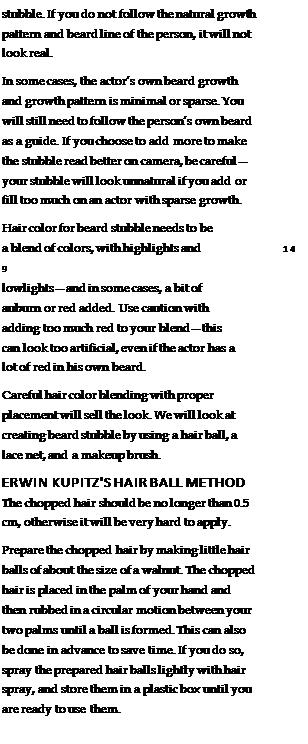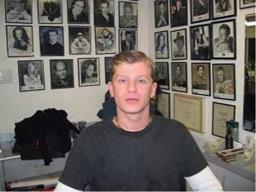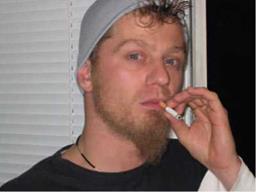As with everything else in makeup, there are several ways to create beard growth that looks like more than several days of growth. There are different products and techniques to use, depending on the situation you are working in. As with all areas of makeup, you will need to be able to answer critical questions before designing or choosing what to use. The hardest beard growth to simulate is between five and 10 days, too long to be painted in, and not long enough to use lace pieces. You will need to use one of several techniques to create the look and length needed. The length of hair for beard stubble will depend on what the length of time passage is, or how scruffy the look is designed to be, or how many “story days” in the script that the actor has not shaved. The actor’s own beard growth and density will also effect your decisions.
 What is the growth pattern like, what color is the hair, how old is the beard growth, and how many days will you have to recreate the look? These are all questions you will need to have answers for. Look at the growth pattern of the actor—this is your guide for placement of hair stubble. This is very important in creating realistic beard
What is the growth pattern like, what color is the hair, how old is the beard growth, and how many days will you have to recreate the look? These are all questions you will need to have answers for. Look at the growth pattern of the actor—this is your guide for placement of hair stubble. This is very important in creating realistic beard
![]() Hair Ball Application:
Hair Ball Application:
1. Apply only one layer of adhesive, starting close to the chin lace piece.
2. Stipple adhesive with a makeup sponge until flat and tacky.
3. Quickly pull one of the hair balls apart, and you will notice that the short hair is sticking out of the ball where it has been separated.
4. Lightly touch the adhesive with the standing hair, and pull the hair quickly away from the face. The short hair will adhere to the face, and it will stand out like real beard hair. Do not press hair flat to the face. If you do, it will look very unnatural.
5. Continue this process until you have finished your design.
6. After all of the hair has been laid, spray a light mist of hair spray over the beard. Be careful not to point the bottle straight into the actor’s face. Have the actor hold his breath and close his eyes while you are spraying the beard. Make sure that you mist only the hair and not the skin, because this could create a sheen effect, and it is very uncomfortable on the skin.
For actors and beards with a curlier texture, you can use chopped permed hair, and you don’t have to build a hair ball out of it.
Chop the hair to about 0.5 cm length, and apply it directly to the skin. Because of the curly texture, it cannot lay flat.
Your character’s beard application using lace pieces in combination with chopped hair is now complete.
|
FIGURE 9-40: MODEL/ACTOR BEFORE BEARD |
|
FIGURE 9-41: MODEL/ACTOR IN CHARACTER (AFTER BEARD) |


